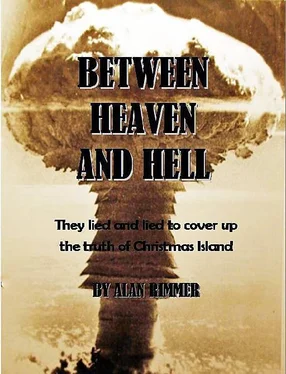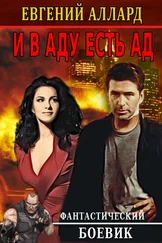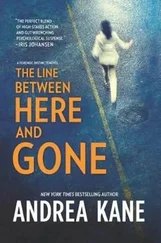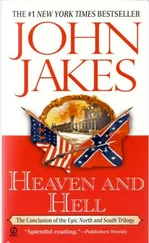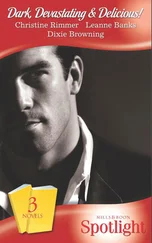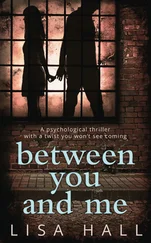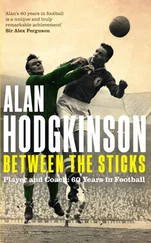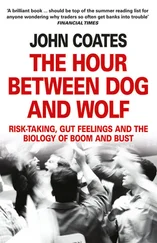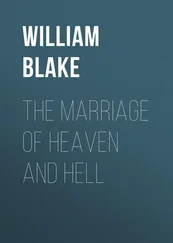A group of former Soviet generals revealed that thousands of troops had been deliberately irradiated after an atomic bomb, twice the size of Hiroshima, was dropped near the provincial city of Orenburg in 1954.
Hundreds were said to have died in the immediate aftermath and the pilot and co-pilot of the TU-34 that dropped the bomb both died of leukaemia.
A startling report alleged that an experimental town in Kazakhstan had been “nuked” to test a new nuclear bunker system doubling as a subway. According to information passed to western scientists the bunkers survived the blast, but hundreds of luckless “volunteers” who had been herded inside the maze of tunnels died horribly after the fireball sucked all the oxygen from the air in the tunnels.
Elsewhere a huge explosion in 1957 at a nuclear bomb factory in the Ural Mountains caused the evacuation of an entire region. Hundreds of survivors were said to have been carted off to a town near the city of Penza where military doctors used them in radiation experiments.
French ex-servicemen also contacted their British “brothers in nuclear arms” to talk of their experiences in the Algerian desert and Polynesia in the Pacific. France exploded more than 200 nuclear devices and hundreds of soldiers were now complaining of ill health.
But like Britain and the Soviets, the secrecy surrounding the test programme and the difficulty of scientifically proving a link between radiation and illnesses that often emerged decades later prevented them from gaining compensation.
In Britain, the death of William Penney in 1991 marked a watershed. Any hope the veterans had of compensation seemed to die with him. There was a different mood in the country as Britain entered the 1990s.
It was a time of unprecedented economic growth and prosperity. People were obsessed by celebrity and the celebrity lifestyle. The nation embarked on a gigantic spending spree and considerations about the environment and other issues were brushed under the carpet.
Society appeared indifferent to the horrors of the past, and the nuclear bogyman didn’t seem so scary any more.
The British Nuclear Test Veterans’ Association, its membership inexorably dwindling by the death (natural or otherwise), began to fall into disarray. Lack of progress in the campaign led to rows, in-fighting and arguments about what direction the organisation should take.
Ken McGinley’s position as chairman for the first time was being challenged. Sheila Gray, his long-time secretary said: “People used to think he was God, and his word was law. They were not so sure any more.”
In a bid to revive flagging morale, McGinley launched an action in the European Court claiming his human rights had been violated by the British government.
Appearing before nine European judges in 1997 he argued the case that the government had concealed vital documents; he claimed the lives of veterans had been ruined by being forced to witness nuclear tests at Christmas Island and that the government had used them as guinea pigs.
It all had a tired, familiar ring to it and with no new evidence to go on, no smoking gun, the court action failed. It was another bitter blow and it left the campaign with nowhere obvious to go.
Many veterans abandoned the fight. Others vowed to carry on, but there were few options left open. Ken McGinley strove to keep the issue in the public consciousness.
He wrote to the famously-abrasive actor Sean Connery asking him to consider performing a voice-over for a proposed documentary on Christmas Island. The actor said he was prepared to consider it, and McGinley managed to get an Australian soap actor to agree to play the starring role. But the project failed through lack of interest.
McGinley introduced a royal angle by revealing the Duke of Edinburgh had visited Christmas Island in 1959 on board Britannia. (The Queen’s consort apparently hopped off the boat for an hour or two to have a look at the troops and watch a native dance. But he was careful not to eat or drink anything until he was safely back on board.)
But although these activities garnered some publicity, they had little impact. The Conservative government, the Ministry of Defence and the British public were unmoved.
Happily a revival of fortunes seemed on the cards when Tony Blair’s Labour Party swept to power in 1997.
Blair and most of his government had all pledged their undying support for the nuclear veterans during the long, lonely years in Opposition. Sitting Labour MPs and prospective candidates had ruthlessly used the nuclear veterans to embarrass the Tories.
They had all joined Blair in supporting a Private Member’s Bill in 1990 which would have handed justice to the veterans and their families. The Bill, championed by Labour MP Bob Clay, was “talked out” by Tory backbenches to howls of protest from Labour MPs
Unfortunately the Labour Party wasn’t so well disposed toward the veterans once in power. A letter of congratulation from McGinley, and a gentle reminder of Labour’s earnest promises in Opposition, was sent to Tony Blair as soon as he had his feet under the table at 10 Downing Street.
There was no response.
A follow-up letter several weeks later again was ignored. It was only after several more letters had been sent that Blair replied; the news was not good. Tony Blair said that although he was “sympathetic” toward the veterans, he wrote: “Unfortunately independent scientific studies do not support the payment of general compensation.”
The veterans were outraged, but the Blair administration was as intractable as the Tories had ever been. Veteran campaigner Jack Ashley, a Labour Peer and long-time supporter of the veterans, pleaded: “Most of the Cabinet supported the veterans in opposition. The least they can do is to support them now when they have the power to do something about it…”
But Tony Blair was unmoved, and his equanimity was still unruffled even when an extraordinary story emerged about his own involvement in nuclear bomb testing. Apparently when he was a little boy, he was exposed to radiation from an A-bomb test in Australia.
The story begins on October 11, 1956 when young Tony, aged three and big brother Bill, six, were at home in suburban Adelaide with their mother Hazel. She was a 33-year-old housewife, married to husband Leo who was a lecturer in law at the University of Adelaide.
Mrs Blair was a shy, introverted woman who wasn’t keen on the social side of life in this far-flung corner of the Empire. According to Bill Blair his mother missed her home in the UK and felt lonely and isolated.
In the absence of any real friends, she devoted herself entirely to the well-being of her young family. She stayed home most days, and was watching Tony and Bill playing on their tricycles in the garden (an activity the two Blair boys enjoyed doing most), when a large, reddish-brown cloud stretching from horizon to horizon moved toward Adelaide.
It transpired later the cloud enveloped much of the Blair’s neighbourhood as well as large parts of the city. A radio report said it was a sand-storm. What it didn’t say was that mixed in with the sand was a deadly seeding of radioactive isotopes.
Unexpected wind changes had apparently blown the dust from Maralinga, 350 miles to the north east of Adelaide, where the British government had detonated an atomic device.
Experts at the local Giles Weather Station, run by the British, had calculated that prevailing winds would gently sweep the radioactive cloud across the less populous desert regions of the northern territories. But things had gone wrong.
According to Hedley Marston, one of Australia’s foremost scientists, unforeseen wind shift blew part of the radioactive mushroom cloud across Adelaide, contaminating much of the city and the eastern seaboard.
Читать дальше
